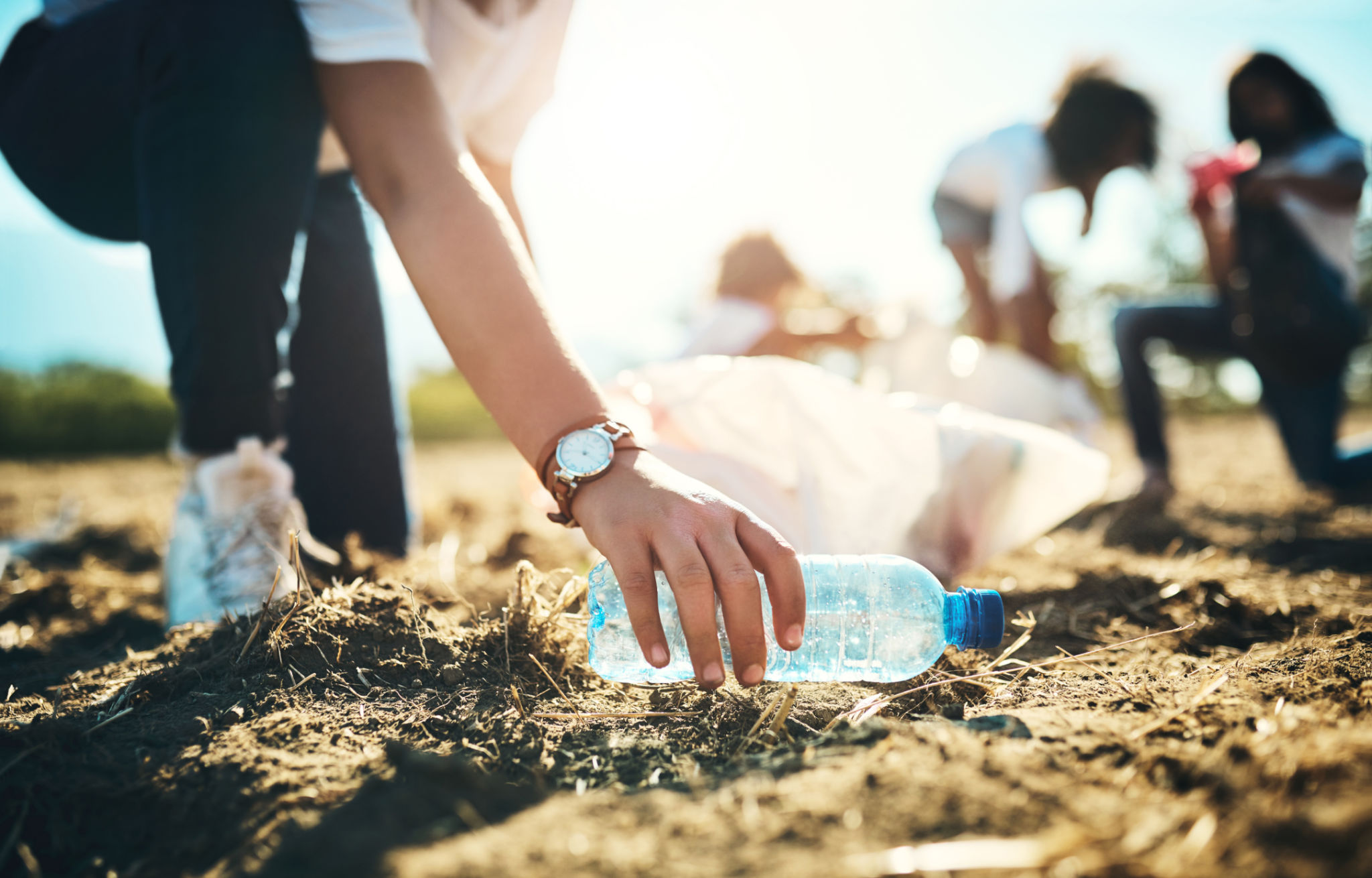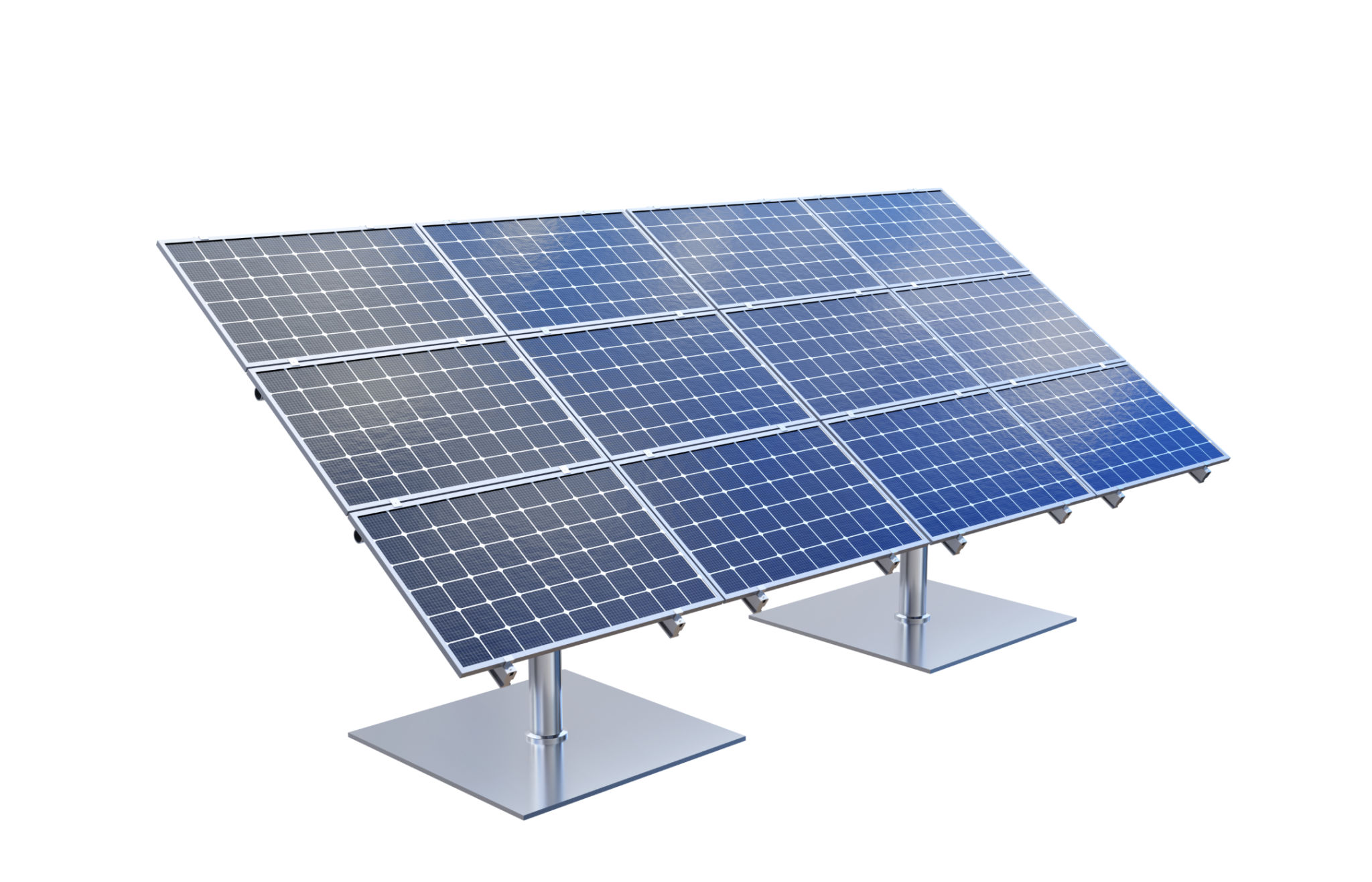Eco-Friendly Home Building Trends in Oregon: What You Need to Know
The trend of eco-friendly home building is gaining momentum, especially in Oregon, a state known for its commitment to sustainability. As more homeowners and builders recognize the importance of reducing environmental impact, innovative building practices are emerging. Here's a closer look at the key trends shaping the eco-friendly home building landscape in Oregon.
Use of Sustainable Materials
One of the most significant trends is the use of sustainable materials. Builders are increasingly opting for resources that are renewable, recycled, or have a minimal environmental footprint. Materials such as bamboo, reclaimed wood, and recycled metal are popular choices. These materials not only reduce waste but also add a unique aesthetic to homes.
Additionally, sustainable insulation materials like sheep's wool and cellulose are gaining traction. They offer excellent thermal performance while being environmentally friendly. This shift towards sustainable materials is a crucial step in reducing the carbon footprint of new constructions.

Energy Efficiency
Energy efficiency is at the forefront of eco-friendly home building. Oregon's builders are integrating advanced technologies to enhance energy conservation, including solar panels, energy-efficient windows, and geothermal heating systems. These innovations not only lower energy bills but also contribute to a cleaner environment.
Moreover, smart home technologies are being incorporated to optimize energy use. Smart thermostats, energy-efficient lighting, and automated systems help homeowners manage their energy consumption more effectively.

Water Conservation
Water conservation is another critical aspect of sustainable home building. In Oregon, where water resources can be limited, builders are implementing systems to reduce water usage. Low-flow fixtures, rainwater harvesting systems, and drought-resistant landscaping are becoming standard practices.
These solutions not only conserve water but also reduce utility costs, making them a wise investment for homeowners. By prioritizing water efficiency, Oregon builders are setting a benchmark for sustainable living.

Passive House Design
Passive house design is a growing trend that focuses on creating buildings with minimal energy requirements for heating and cooling. This design approach emphasizes airtight construction, high-performance windows, and strategic placement to maximize natural light and heat.
In Oregon, the passive house movement is gaining popularity as it aligns with the state’s sustainability goals. Homes built with passive design principles offer significant energy savings and enhance indoor comfort.
Community and Urban Planning
Beyond individual homes, there is a growing emphasis on community and urban planning to support sustainable living. Eco-friendly developments are being designed with shared green spaces, community gardens, and efficient public transportation access.
These developments promote a sense of community while reducing the need for car-centric lifestyles. Oregon's cities are leading the way in creating neighborhoods that prioritize sustainability and quality of life.

In conclusion, Oregon is at the forefront of eco-friendly home building trends, with innovations that prioritize sustainability, energy efficiency, and community well-being. As these practices continue to evolve, they offer a blueprint for building a greener future.